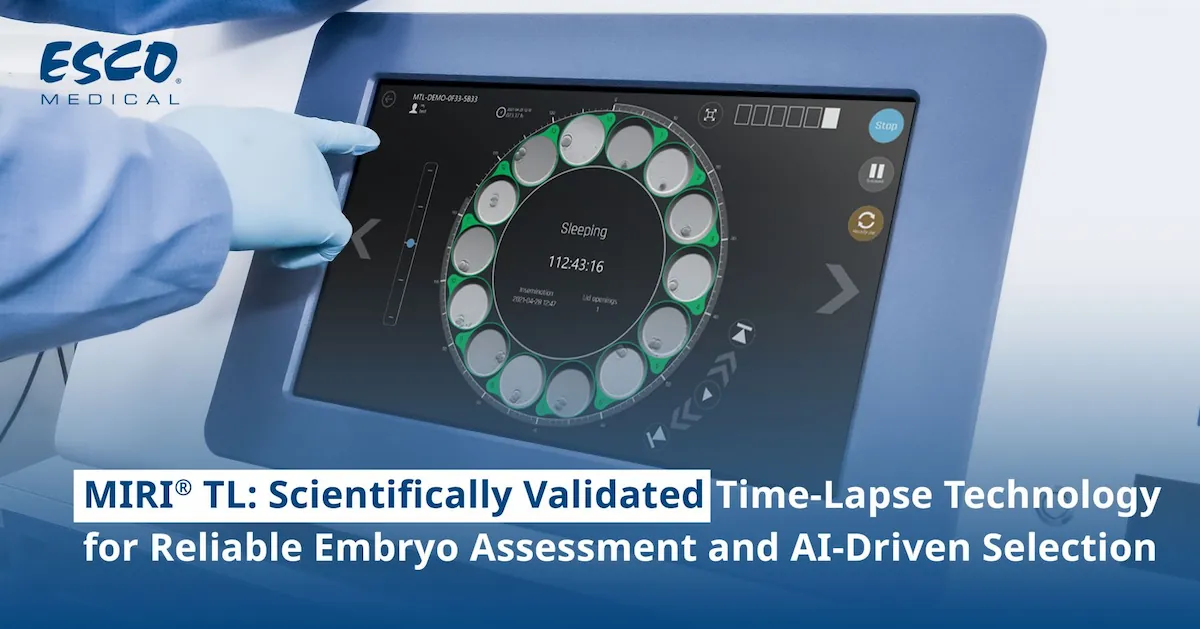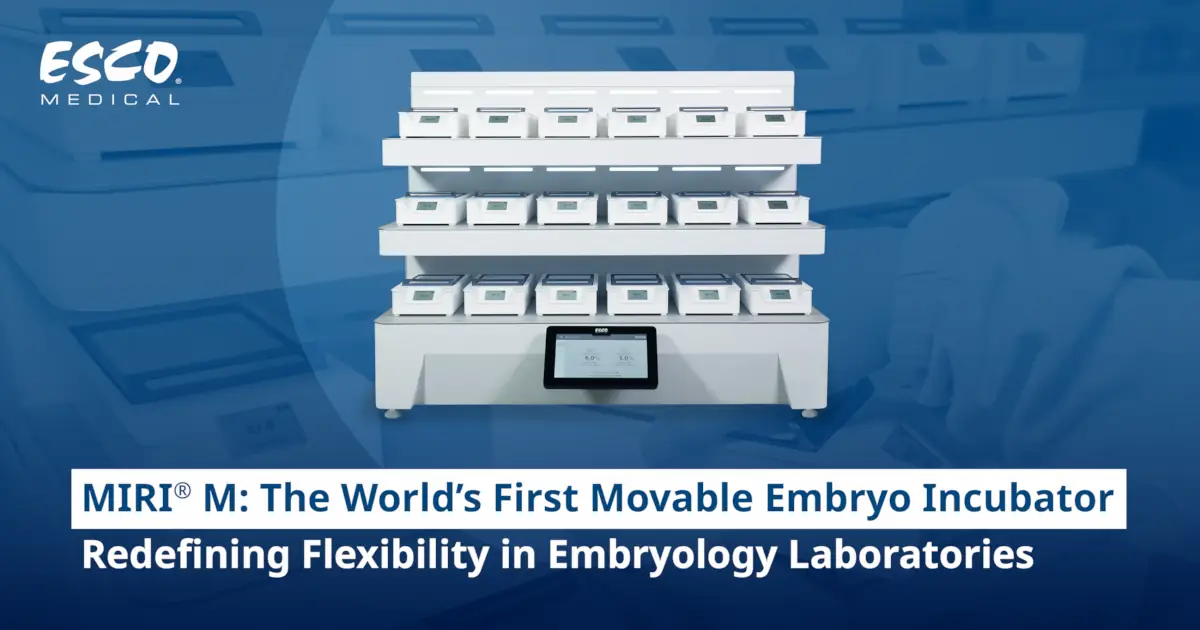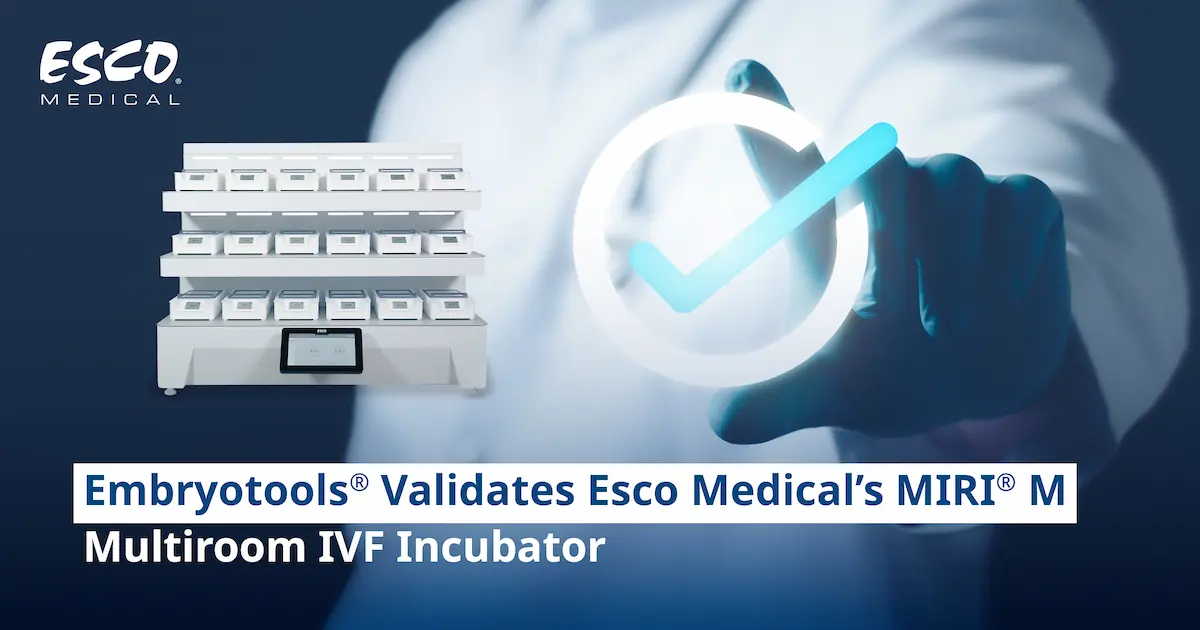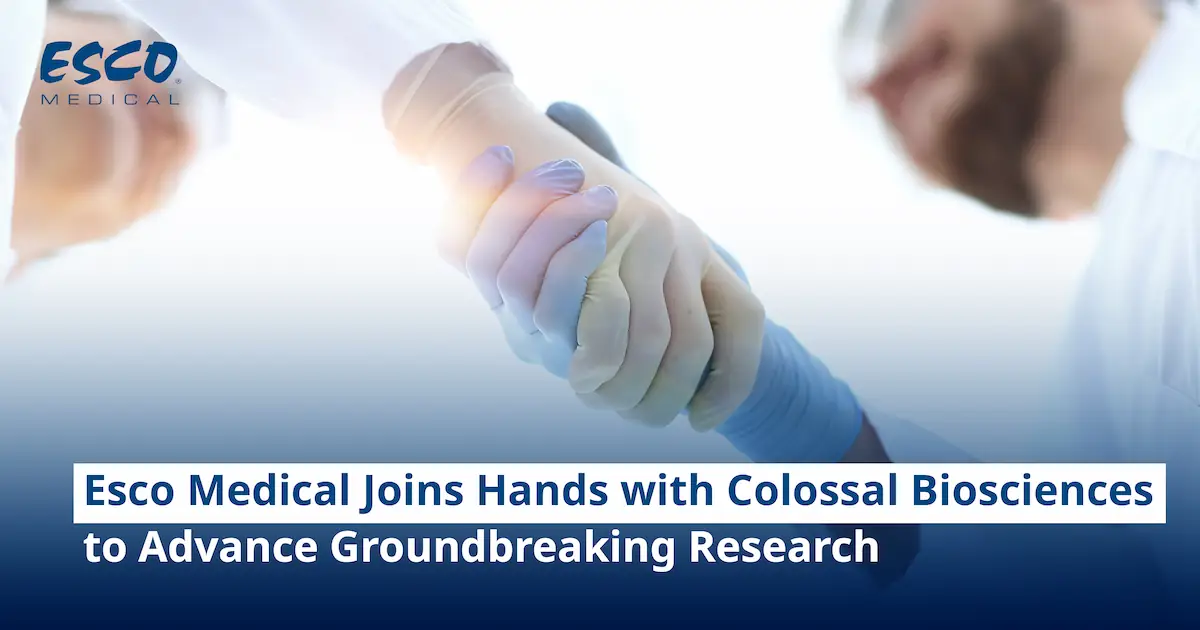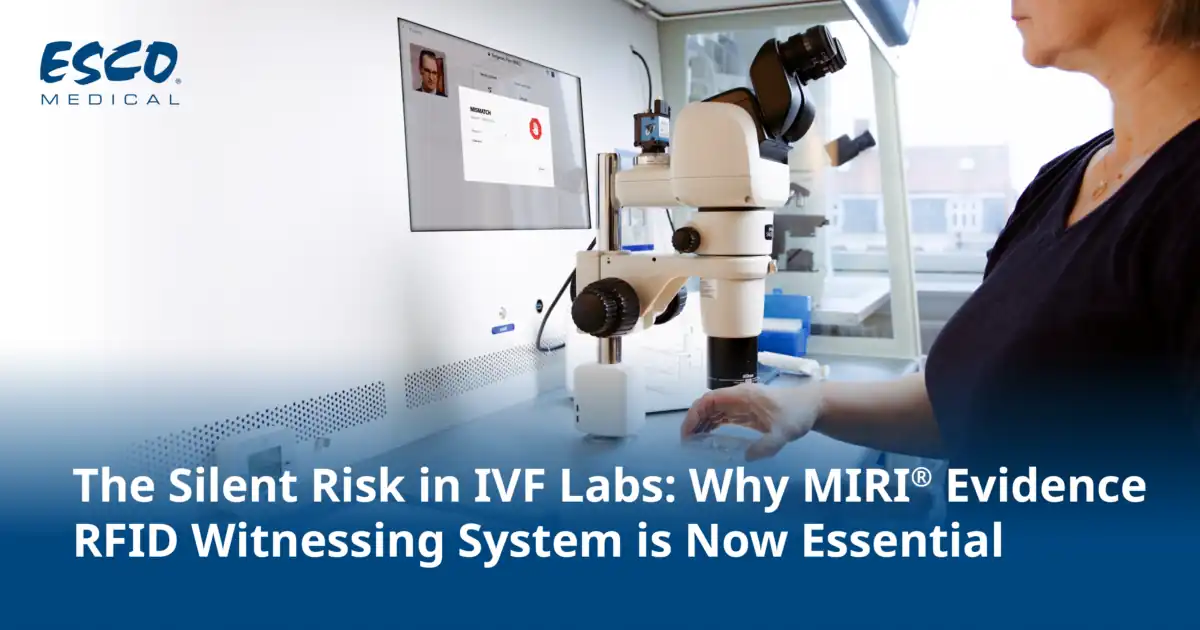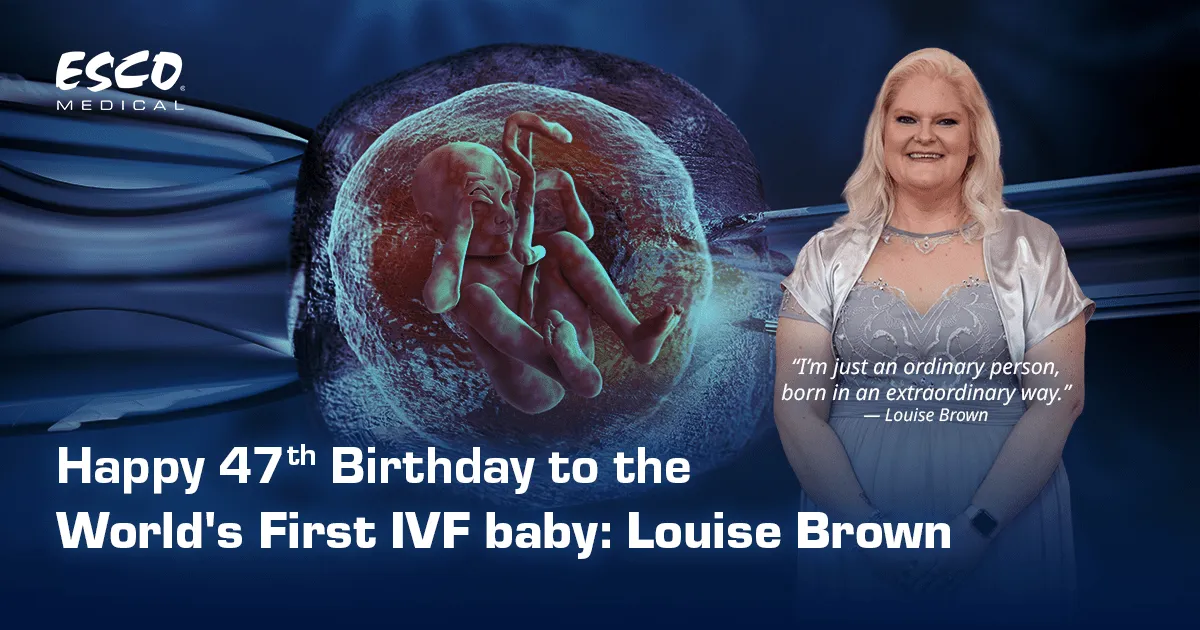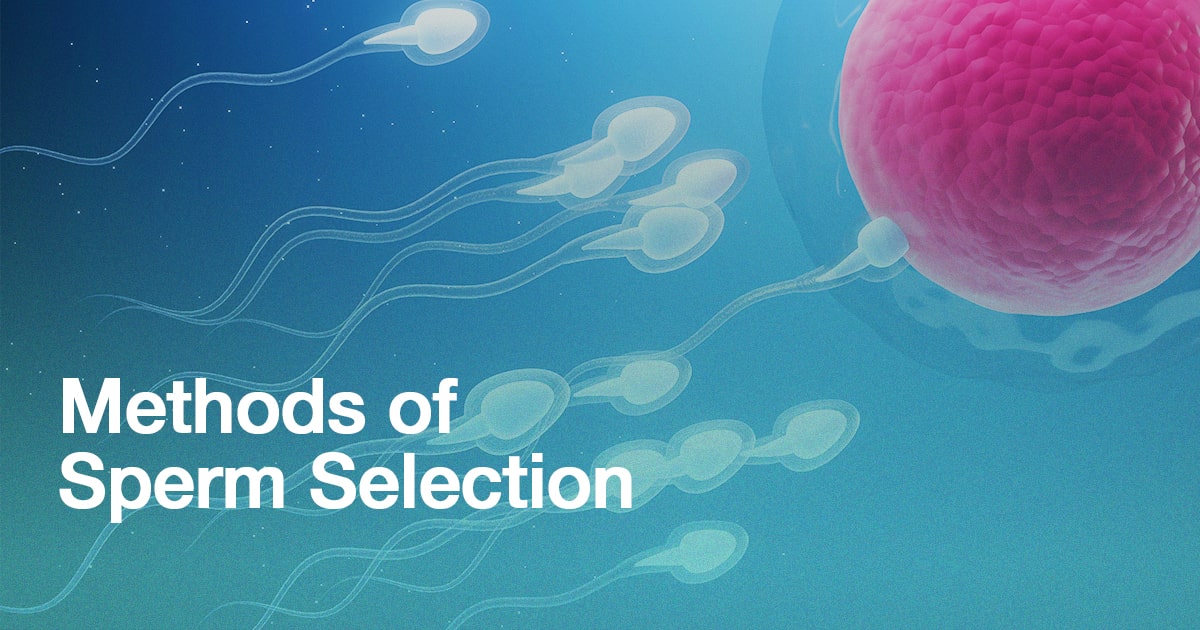
Introduction
Natural Sperm Selection
Classic Methods Of Sperm Selection In A.R.T
1. Simple Wash
The simple wash method involves one or two centrifugations of the semen sample to separate the sperm pellet from the seminal plasma. This process does not significantly reduce sperm count, and the normal morphology and motility of the sperm remain largely unchanged. However, there is an observed increase in rapid forward progression and hypermotility of sperm cells in the post-washed sample. This method is commonly employed for cases of severe oligospermia and asthenozoospermic semen samples and is a recommended technique for insemination-ICSI procedures. However, it is not typically used for the standard insemination procedure in in vitro fertilization (IVF).
It's important to note that the centrifugation process in this method can cause additional harm to sperm cells by triggering the production of reactive oxygen species (ROS) by leukocytes and abnormal sperm cells. ROS production is associated with DNA damage in spermatozoa, decreased sperm motility, an increased number of apoptotic sperm cells, and a decrease in sperm plasma membrane integrity.
2. Swim-Up
The swim-up method stands out as a fundamental technique for the preparation of sperm cells, particularly suitable for semen samples exhibiting normozoospermic qualities, characterized by a high sperm count and robust motility. The procedure takes place in a round-bottom tube set at a 45-degree angle and is recommended for applications in both in vitro fertilization (IVF) and intracytoplasmic sperm injection (ICSI), especially when the sample contains a limited percentage of motile spermatozoa. Despite involving a centrifugation step, swim-up is considered a gentle technique, resulting in minimal reactive oxygen species (ROS) production, while selectively enriching for mature and activated sperm cells.
3. Density Gradient Centrifugation (DGC)
Density gradient centrifugation separates spermatozoa based on their density. At the end of each centrifugation, each spermatozoon is found at the gradient level corresponding to its density. A normal morphological spermatozoon has a density of at least 1.10 g/ml, while an abnormal one has a density between 1.06–1.09 g/ml.
Following centrifugation, leucocytes, cell debris, and sperm cells with abnormal morphology and poor motility are found at the interphase between seminal plasma and 45%, 45%, and 90%. The pellet at the bottom of the tube is characterized by highly motile, morphologically normal, and viable spermatozoa. This method is used for normozoospermic semen and suboptimal semen qualities, and it is a recommended technique for insemination, IVF, or ICSI.
Advanced Methods
Moreover, the Zeta Potential method is cost-effective and simple to perform, allowing for the separation of sperm with intact DNA, superior motility, and normal morphology.
2. Hypo-Osmotic Swelling Test (HOST)
The Hypoosmotic Swelling Test (HOST), developed by Jeyendran et al., is a method used to assess the functional integrity of the sperm membrane. Viable sperm with normal membrane function exhibit tail swelling and curving when exposed to hypoosmotic conditions. According to the World Health Organization laboratory manual for the examination and processing of human semen, HOST is recommended in cases of asthenozoospermia to selectively collect suitable spermatozoa for ICSI.
3. Hyaluronic acid-mediated sperm binding (HA)
The plasma membrane of acrosome-intact sperm cells is equipped with hyaluronic acid receptors (HA), indicative of sperm maturity. Correspondingly, the extracellular matrix of the cumulus oophorus predominantly features hyaluronic receptors. Mature sperm cells, possessing these receptors, exhibit a higher likelihood of successful oocyte fertilization.
In the Physiological Intracytoplasmic Sperm Injection (PICSI) plastic dish, spots containing HA are either affixed to its base or embedded in a viscous medium containing HA (Sperm slow). Mature sperm cells attach their heads to HA, facilitating their selection using the ICSI injecting pipette for subsequent ICSI procedures.
Moreover, the HA binding method not only selects sperm with reduced oxidative stress but also excludes immature sperm with cytoplasmic extrusion, as well as sperm cells featuring histones and fragmented DNA.
4. Magnetic-Activated Cell Sorting (MACS)
Magnetic-activated cell sorting (MACS) operates on the principle of a robust magnetic field, through which both non-apoptotic and apoptotic sperm cells pass. Only non-apoptotic sperm cells are retained in the magnetic field, effectively separating them from apoptotic ones. Phosphatidylserine, a phospholipid present on the plasma membrane of spermatozoa, moves to the outer surface when the membrane is damaged, indicating apoptotic sperm cells and facilitating the selection of non-apoptotic spermatozoa in assisted reproductive technology (ART).
The synergistic use of density gradient and MACS has demonstrated superior sperm quality compared to density gradient alone. MACS effectively eliminates previously damaged spermatozoa with altered membranes, activated apoptosis signaling, and DNA fragmentation, while density gradient removes immature sperm cells, debris, and leukocytes.
5. Microfluidic Separation Of Sperm Cell
The microfluidics technique represents the latest advancement in sperm selection methods. The device is composed of microchannels created from polydimethylsiloxane (PDMS) silicon polymers, known for their non-toxicity and transparency.
The principle employed in this method is the boundary-following behavior, featuring a radial network of channels (52 μ width) responsible for segregating spermatozoa into left, right, and straight swimmers. Motile sperm cells are then collected at the outlet microchannels, while dead or immotile sperm cells remain at the inlet.
This technique offers the advantage of requiring a small volume of sperm, and it has been demonstrated to significantly decrease DNA fragmentation in separated sperm (16.4% in swim-up compared to 8.4% in microfluidics).
